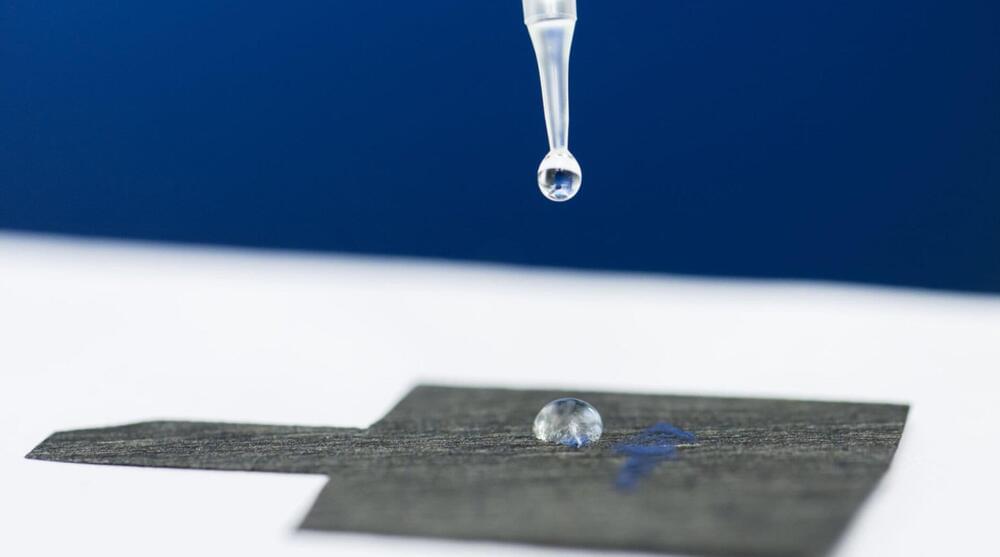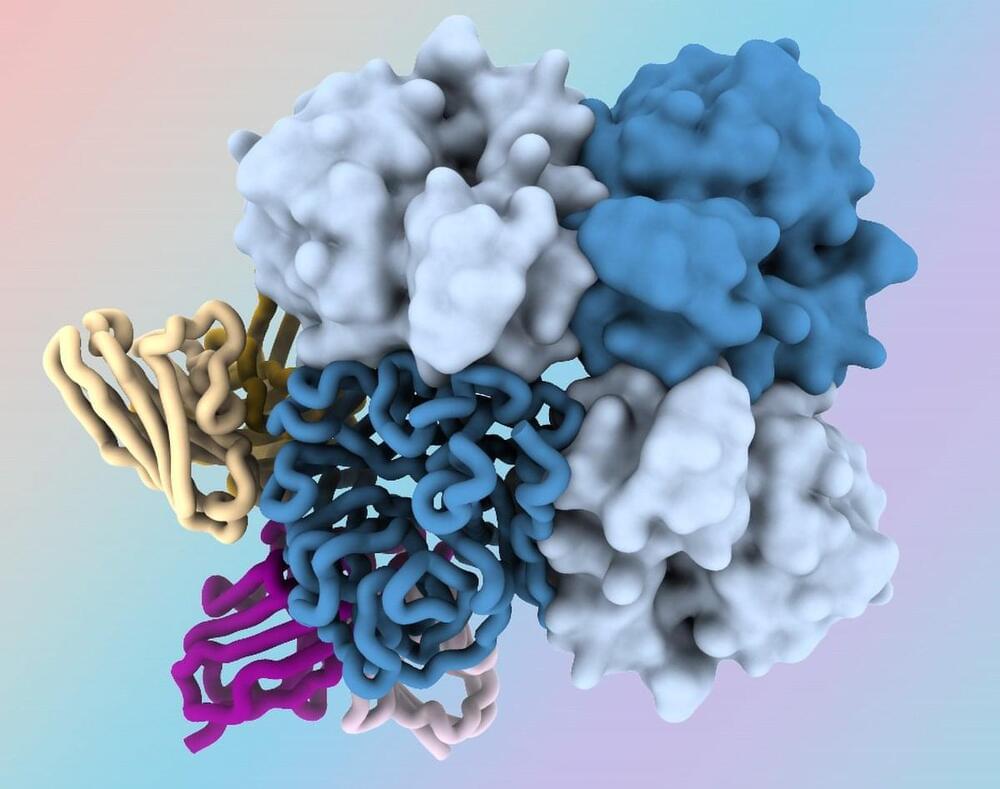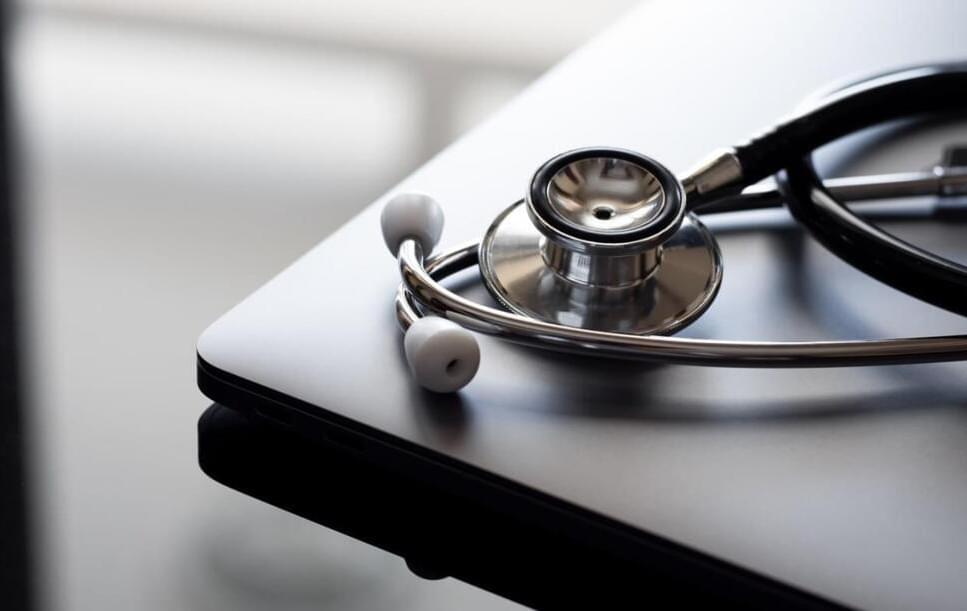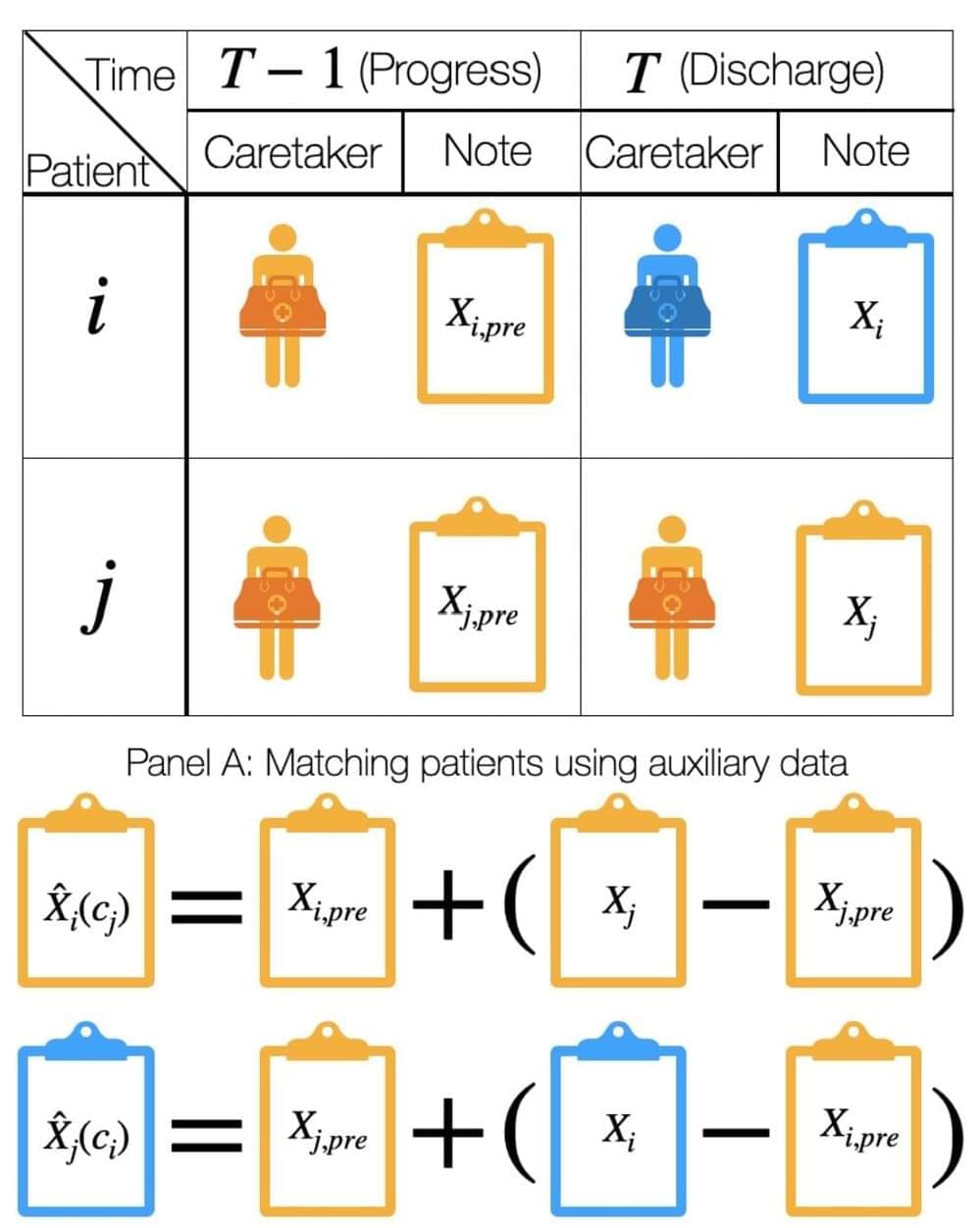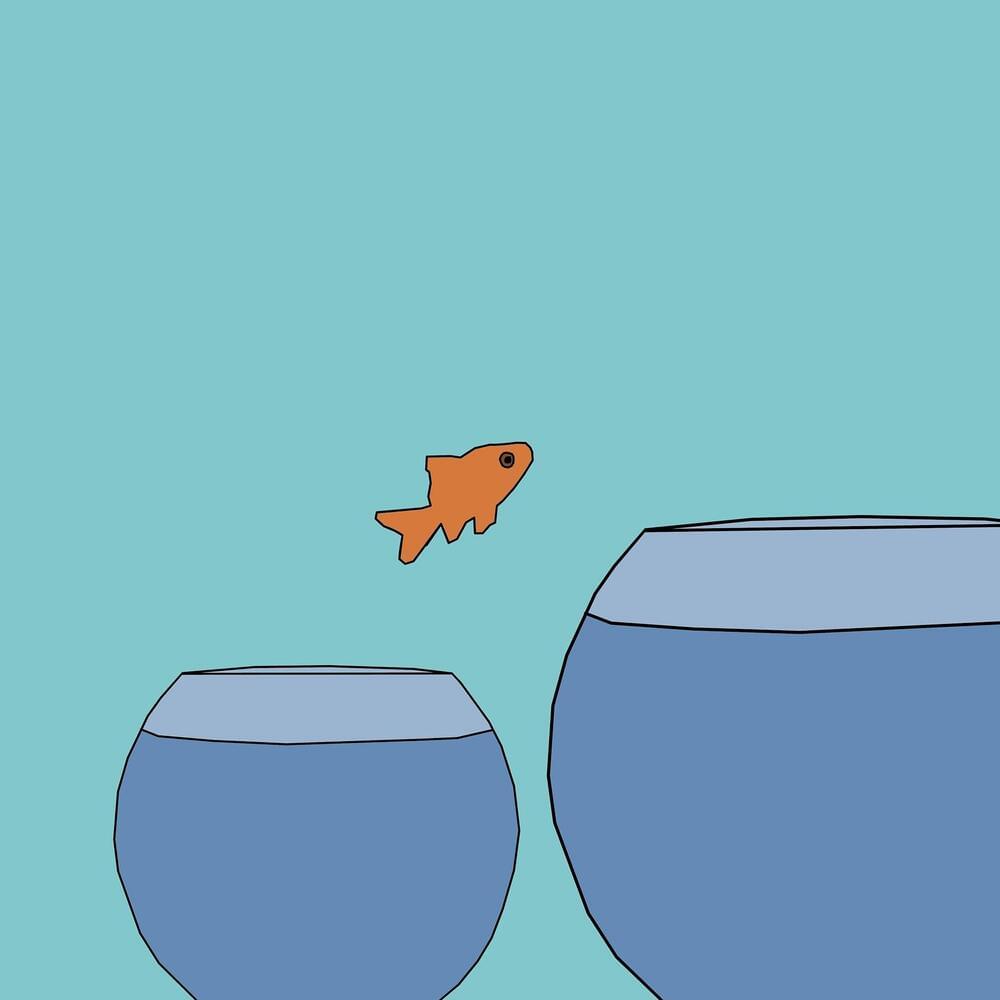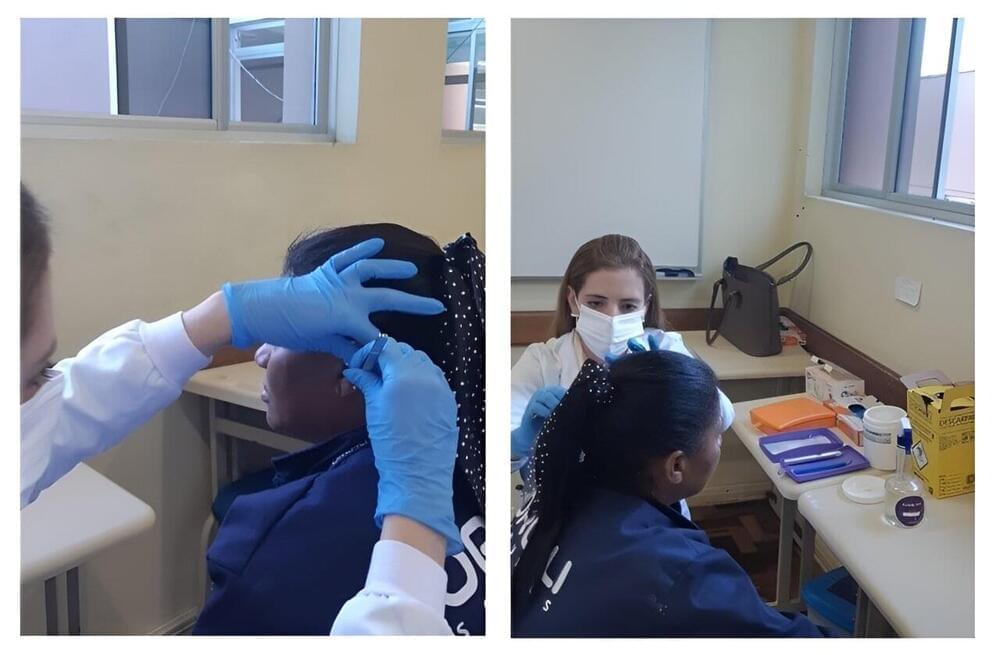Scientists from the University of Rochester have developed new electrochemical approaches to clean up pollution from “forever chemicals” found in clothing, food packaging, firefighting foams, and a wide array of other products. A new Journal of Catalysis study describes nanocatalysts developed to remediate per-and polyfluoroalkyl substances known as PFAS.
The researchers, led by assistant professor of chemical engineering Astrid Müller, focused on a specific type of PFAS called Perfluorooctane sulfonate (PFOS), which was once widely used for stain-resistant products but is now banned in much of the world for its harm to human and animal health. PFOS is still widespread and persistent in the environment despite being phased out by US manufacturers in the early 2000s, continuing to show up in water supplies.
